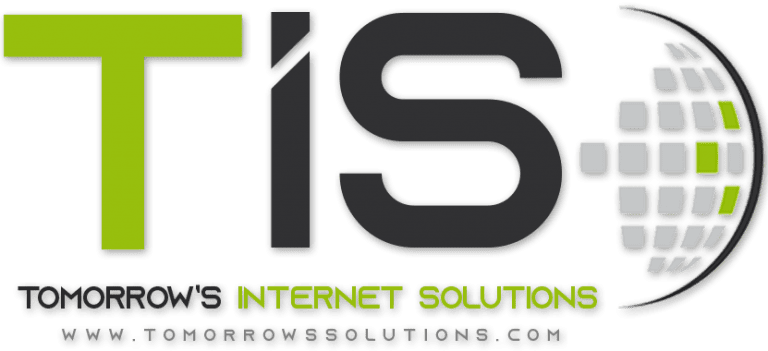In today’s evolving digital world, businesses face a growing array of cybersecurity threats. From sophisticated phishing schemes to ransomware attacks, the dangers are becoming more complex and pervasive. How can you protect your organization in this environment?
Building a comprehensive cybersecurity plan is essential to fortify your business against these escalating risks. One crucial component of this strategy is event logging. It’s one that not every business owner is aware of.
Imagine event logging as your digital watchdog, tirelessly monitoring activity across your IT systems. By tracking events and actions, it uncovers potential security threats, enabling swift and effective responses. As your trusted managed IT service provider, we’re here to guide you. We’ll help you grasp the critical role of event logging and implement best practices to protect and strengthen your network.
What Is Event Logging?
Event logging involves recording every occurrence within your IT systems. These “events” can encompass a wide range of activities, such as:
- Login attempts
- File access
- Software installs
- Network traffic
- Denial of access
- System changes
- And many others
Event logging involves capturing and timestamping all activities within your IT environment. This creates a comprehensive view of your system’s operations, enabling you to identify and address potential threats with speed and precision.
Why is it critical to track and log all these events?
- Identify unusual activity by tracking user behaviour and system events.
- React swiftly to security incidents with detailed records that outline the events of a breach.
- Comply with regulatory requirements by maintaining precise logs of system operations.
Best Practices to Use Event Logging Effectively
To maximize the benefits of event logging, adhering to best practices is key. Whether you’re setting up logging for the first time or refining your current processes, these guidelines can help you achieve effective and reliable results.
Log What Matters Most
Let’s face it: not every digital action needs to be logged. Tracking every movement on your network can overwhelm you with excessive data. Instead, prioritize logging critical events—those that highlight security threats and compliance vulnerabilities.
The most important things to log are:
- Logins and Logouts: Monitor who enters and exits your systems, including failed login attempts, password updates, and the creation of new accounts.
- Accessing Sensitive Data: Record activities involving critical information. Tracking file and database access can help detect unauthorized access or potential breaches.
- System Modifications: Document all changes to your systems, such as software installations, configuration updates, or patches. This ensures transparency and helps identify vulnerabilities or hidden threats.
Focusing on the most essential areas makes event logging far more manageable, especially for small businesses. Starting with high-priority aspects simplifies the process and ensures impactful results.
Centralize Your Logs
Picture solving a puzzle with pieces scattered all over the place it’s a nightmare! That’s exactly what managing separate logs for different devices and systems feels like. Centralizing your logs changes everything. A Security Information and Event Management (SIEM) system consolidates logs from devices, servers, and applications into a single, unified location.
This makes it easier to:
- Identify trends: Link suspicious behaviors across various systems to uncover patterns.
- React swiftly: Access all the crucial evidence you need instantly, empowering you to respond quickly when an incident occurs.
- Gain a holistic view: See your network in its entirety, making it easier to pinpoint weaknesses and potential risks.
Ensure Logs Are Tamper-Proof
Securing your event logs is crucial! Cybercriminals often attempt to erase or modify logs to hide their actions. To prevent this, it’s essential to safeguard your logs against tampering.
Here are some tips:
Encrypt your logs: Protect them with encryption to ensure they remain unreadable to unauthorized users.
Implement WORM storage: Write Once, Read Many (WORM) storage ensures logs are permanently stored, preventing any alterations or deletions.
Enforce strict access controls: Restrict log access to trusted personnel only, safeguarding them from unauthorized modifications.
Tamper-resistant logs offer an accurate trail of events, even in the event of a breach, while keeping malicious actors from viewing sensitive system activity.
Establish Log Retention Policies
Keeping logs forever isn’t practical (or always necessary). But deleting them too soon can be risky, too. That’s why you need clear log retention policies.
Here are some things to consider:
- Compliance requirements: Some industries have specific rules about how long to keep logs.
- Business needs: How long do you need logs to investigate incidents or for auditing?
- Storage capacity: Make sure your log retention policy doesn’t overwhelm your storage.
Strike the right balance with retention. You want to ensure you have the data you need without sacrificing performance.
Check Logs Regularly
Event logging is only effective if actively monitored. Don’t just set it and forget it—regularly review your logs to detect anomalies and uncover suspicious patterns. This proactive approach allows you to address potential threats before they escalate. Leverage security software to automate and streamline the monitoring process.
Here’s how to do it effectively:
- Establish automated alerts: Receive instant notifications for crucial events, such as failed login attempts or unauthorized access.
- Conduct regular reviews: Regularly examine your logs to spot emerging patterns that could signal a potential threat.
- Correlate events: Use your SIEM to link activities across systems, helping to uncover more sophisticated attacks.
Need Help with Event Logging Solutions?
As your reliable managed IT service partner, we’re here to guide and assist you. We can help implement these practices and keep your business secure.
Reach out via phone or email to arrange a conversation.
